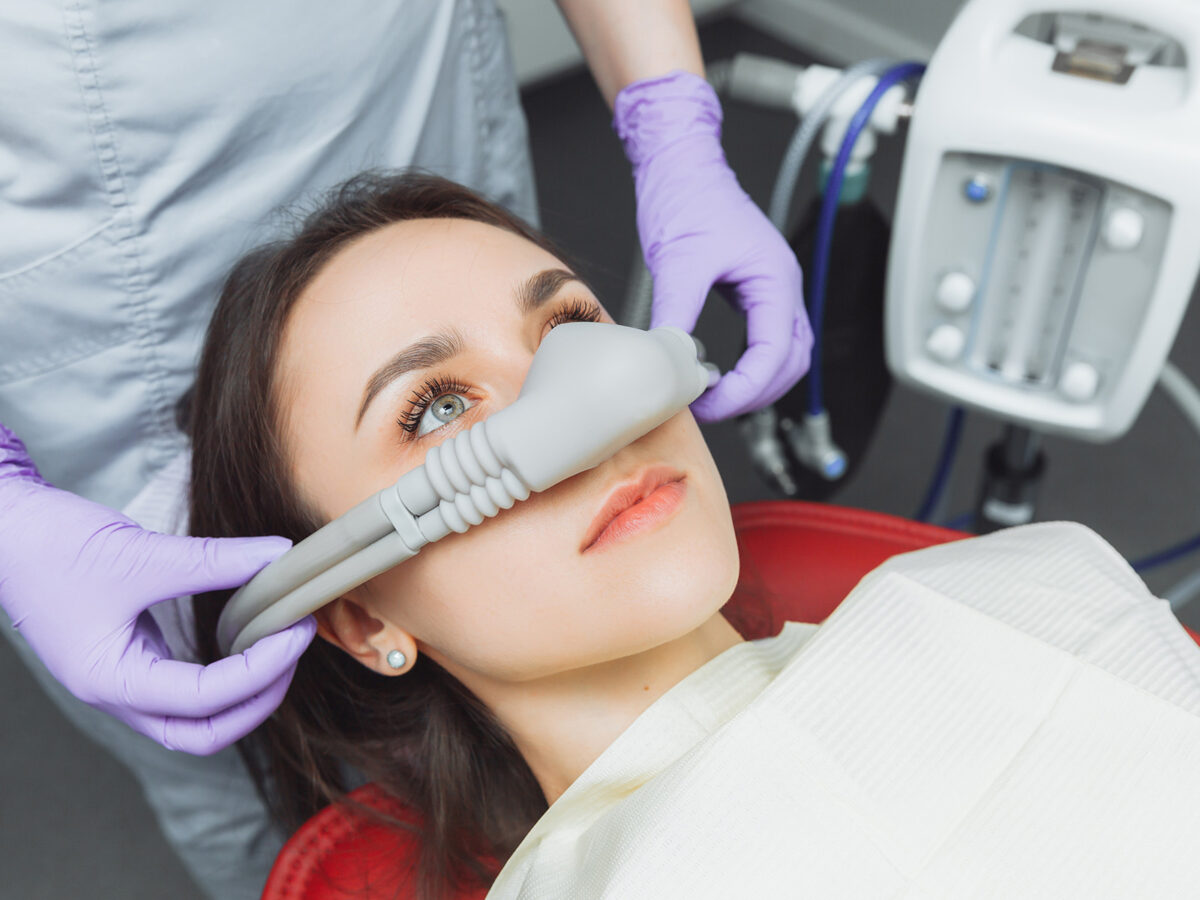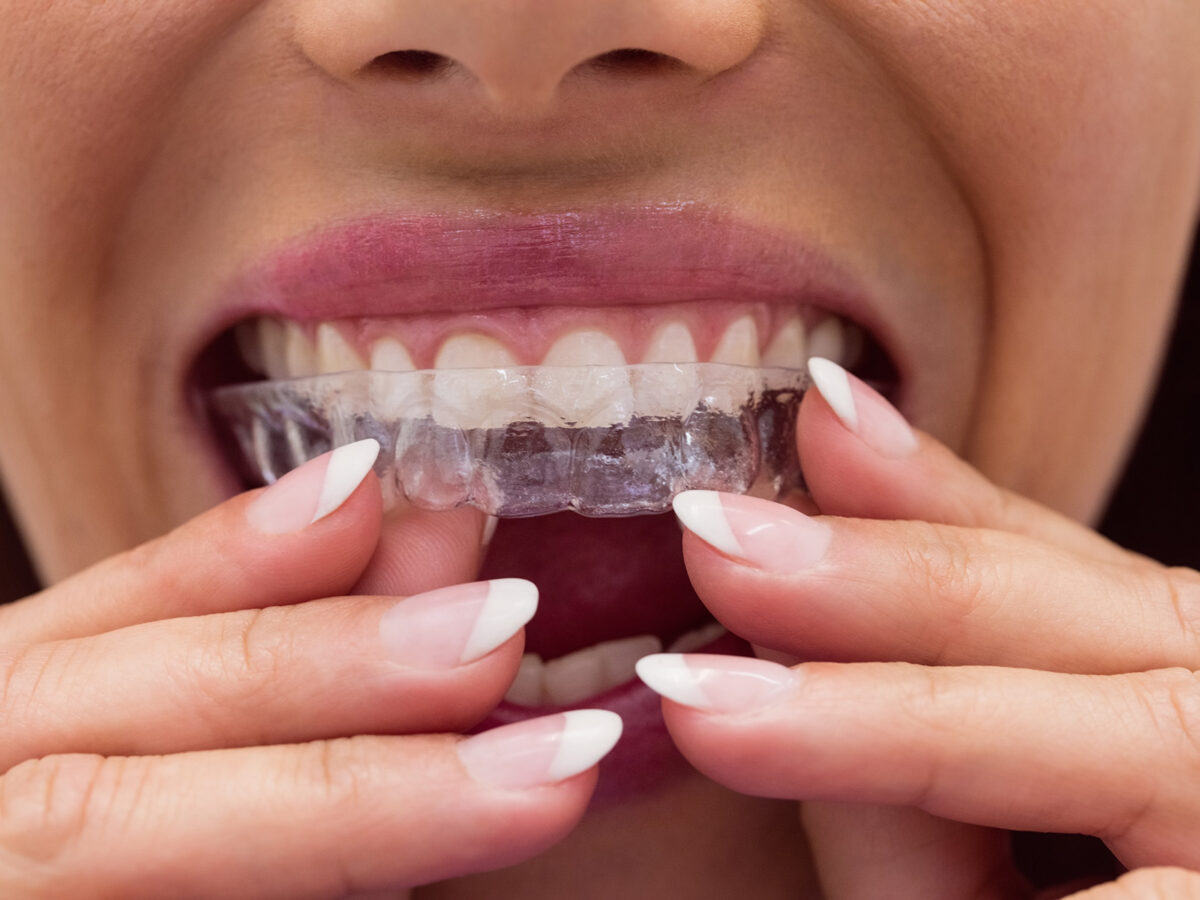We all know and understand that caring for our pearly whites is paramount to preventing tooth decay and gum disease and improving overall health. The rule of thumb says to brush twice daily for two minutes and floss once, along with regular bi-annual visits to your dentist.
Some of us might feel that skipping any of the oral hygiene recommendations might not lead to anything serious and might get lax with it. But if you are well informed about the many dangers of not taking proper care of your teeth, you will be diligent in your oral regime.
Your dental hygiene not just affects your dentition but may also cause other complications such as diabetes, heart disease, rheumatoid arthritis, pneumonia, and many other medical conditions.
This article will acquaint you with the importance of taking proper care of your teeth and some of the dangers of failing to do so.
Why Should We Be Diligent With Oral Care?
Good oral health means good overall health. If you think tooth decay just impacts your oral health, you will be in for a shock at how oral health is linked with many other functions of our body.
- Tooth decay causes enough pain to impair your ability to do daily activities.
- With pain in your teeth, you cannot eat or speak properly.
- Bacteria from your mouth can travel to other organs in your body, like the heart, and cause heart problems such as strokes or clogged arteries.
Some Of The Obvious Side Effects Of Poor Oral Care
The most common result of improper oral hygiene is cavities which might lead to root canal treatment or tooth loss. Some other apparent effects are:
- Tooth decay – Decay of your dentitions occurs when the outer enamel is destroyed, causing you pain and sensitivity. If the decay is not treated, it could lead to tooth loss. Your dentitions decay due to sugar and bacteria in your mouth. The bacteria in our mouths eat the sugar, creating acid that erodes the enamel.
- Gum disease – When your gum is infected, it gets red, swollen, or starts bleeding. If this is not treated in time, it can lead to more severe periodontitis or tooth loss. Plaque (a thin film of bacteria) accumulation in our mouth is the main reason for gum disease.
- Bad breath – You get bad breath or halitosis due to bacteria buildup in your mouth. Bad breath could cause embarrassment and make you self-conscious.
- Low self-esteem – Due to poor oral health, your teeth would look stained, you will have bad breath, and you could even have missing teeth. All this leads to low self-esteem, and you would hesitate in laughing or talking to people.
Some Hidden Side Effects Of Poor Oral Hygiene
Apart from some of the apparent outcomes of poor dental care, there are a few severe implications for your health if you do not maintain excellent oral hygiene.
- Diabetes – When there is excess bacteria in the mouth, it can cause inflammation all through the body, which can impact how the body processes sugar. This implies people with gum disease are more prone to get diabetic. The opposite is also true, i.e., people with diabetes are more likely to develop gum disease due to high levels of sugar in their saliva. The bacteria in plaque feed on sugar and give rise to gum disease.
- Pneumonia – In pneumonia, a patient’s lung gets infected due to bacteria. The excess bacteria in the mouth can travel to the lungs through the bloodstream and cause infection.
- Rheumatoid arthritis – This is an autoimmune disease that causes chronic inflammation in joints resulting in joint pain and damage. Periodontitis can give rise to rheumatoid arthritis because this severe gum disease causes inflammation in our bodies allowing bacteria in our mouths to pass into the bloodstream.
- Heart disease – The excess bacteria in the mouth can travel through the bloodstream to the heart and attach themselves to the arteries, causing them to inflame. Inflamed arteries are at high risk of developing plaque deposits that increase the chance of heart attack.
Tips For Excellent Oral Care
In order to maintain optimal dental hygiene and overall health, it is essential to minimize bacteria in the mouth. Some common oral care tips are outlined below:
- Use fluoride toothpaste and a soft-bristled toothbrush to brush your teeth at least twice a day for two minutes.
- Floss once daily, preferably after your night meal, before brushing your pearly whites.
- Avoid smoking and tobacco intake.
- Limit intake of sugary foods and beverages.
- Visit your dental doctor once in six months for regular checkups and cleanings.
- Eat a healthy diet.
Summing Up
In this post, we discussed some of the common and hidden consequences of not properly caring for your teeth. We have also provided tips to maintain excellent oral health, which results in improved general health. Follow the directions for a beautiful smile and a healthy body.



